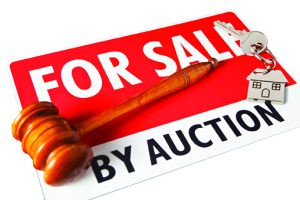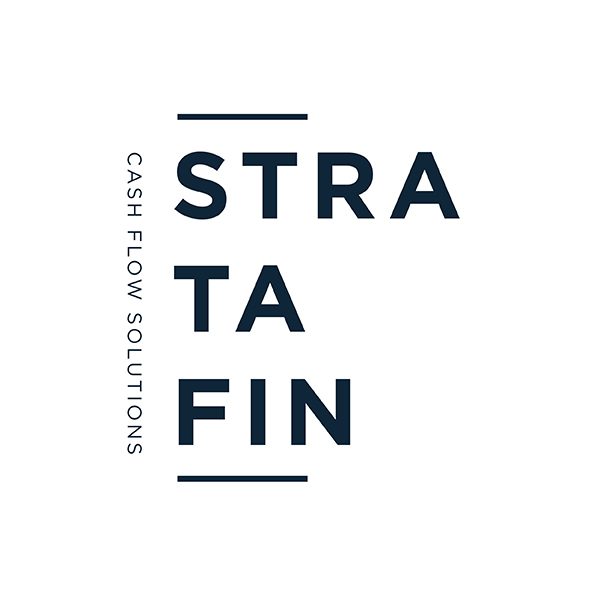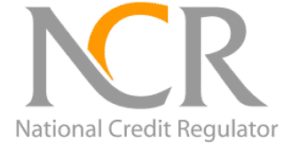Introduction
In my previous article I discussed whether trustees can consent to changes on common property. In that article my focus was on larger changes or improvements to common property. In this article I will address what changes to common property can be authorised by the trustees.
What does the legislation prescribe in this regard?
In circumstances where the changes to common property are more minor it may be appropriate for the trustees to grant their approval. The Prescribed Conduct Rules (“PCRs”) provide for some of these minor changes to common property.
Damage to common property
PCR 4 deals with damage to common property, and states that:
“(1) The owner or occupier of a section must not, without the trustees’ written consent, mark, paint, drive nails, screws or other objects into, or otherwise damage or deface a structure that forms part of the common property.
(2) An owner or occupier of a section must be considered to have the trustees’ consent to install a locking or safety device to protect the section against intruders, or a screen to prevent entry of animals or insects, if the device or screen is soundly built and is consistent with a design, colour, style and materials approved in writing by the trustees.
(3) The owner or occupier of a section must keep a device installed under sub-rule (2) in good order and repair.”
Appearance to section or exclusive use area
PCR 5 deal with the appearance to a section or exclusive use area, and states that:
(1) The owner or occupier of a section must not, without the trustees’ written consent, make a change to the external appearance of the section or any exclusive use area allocated to it unless the change is minor and does not detract from the appearance of the section or the common property.
(2) The owner or occupier of a section must not, without the trustees’ written consent—
(a) erect washing lines on the common property;
(b) hang washing, laundry or other items in a section or any exclusive use area allocated to it if the articles are visible from another section or the common property, or from outside the scheme; or
(c) display a sign, notice, billboard or advertisement if the article is visible from another section or the common property, or from outside the scheme.”
Examples of minor changes to the external appearance of sections
Minor changes that affect external appearance of a scheme could include things like:
- Painting the external walls of the scheme.
- Furniture placed on balconies and patios.
- Decorations or signs placed on external walls of the scheme.
- Pot plants placed on balconies and patios.
- Washing lines placed on balconies and patios.
- Locking and security devises and screens placed on the external parts of doors or windows.
- Webers or braais placed on balconies and patios.
The rationale behind these limitations
I often get asked by clients why they cannot paint the external parts of their unit any colour they prefer or place their chosen furniture, decorations, or pot plants on their balconies or patios. These rules appear to limit and even completely remove owner’s freedom to make changes to the external parts of their property. Why are these limitations or restrictions reasonable? It is important to distinguish that these rules apply to common property. Common property are those parts of the scheme that are jointly owned by all the members in sectional title schemes. The shared property and community element to sectional title ownership makes it such that all owners need to adhere to the same restrictions when it comes to the external parts of the building.
Conclusion
The first impression from the outside of a scheme, and the overall aesthetic appeal of a property is of utmost importance such that the property can retain (and grow) in value. The trustees should therefore strive to maintain the harmonious external appearance to ensure that the scheme remains a desirable investment for all owners and possible future property purchasers. Where changes to common property are minor, and do not have a major negative impact on the harmonious external appearance of the scheme, the trustees are authorized to approve the changes.







![Case discussion on SS Glen High v Kruger NO ((2023/055133) [2024] ZAGPJHC 1059 (10 September 2024)](https://b2659803.smushcdn.com/2659803/wp-content/uploads/2024/10/OIP-300x200.jpeg?lossy=1&strip=1&webp=1)




